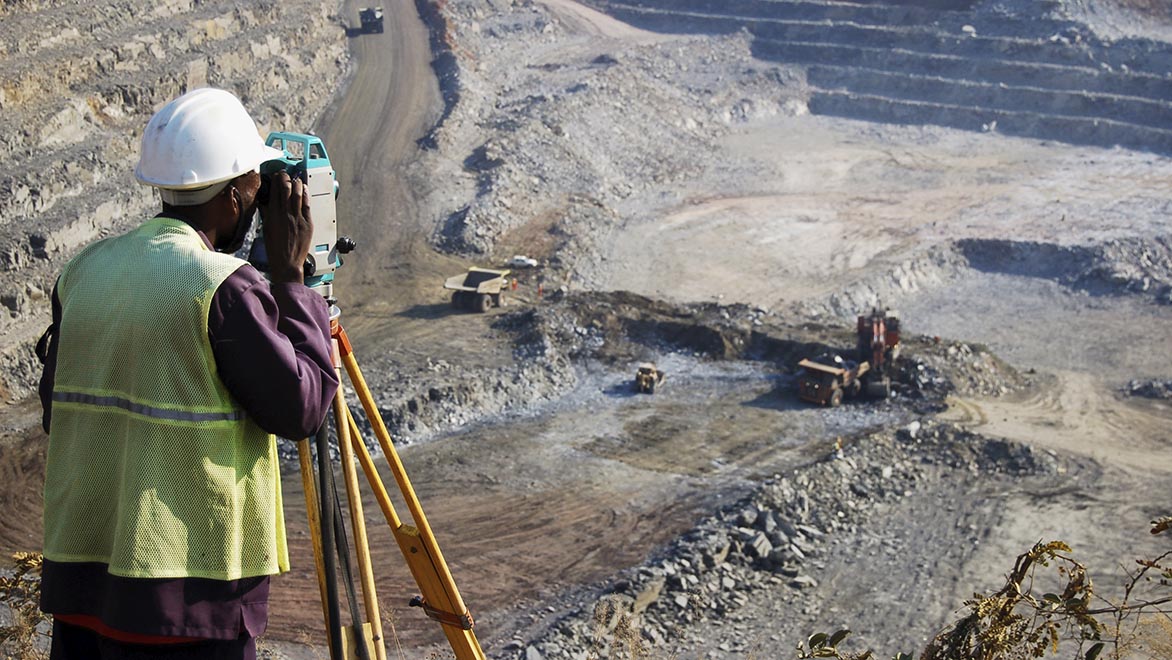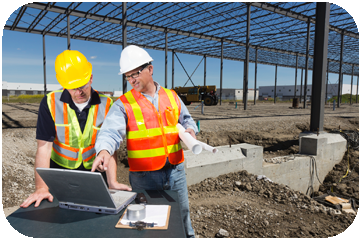Civil Geotechnical Engineering Providers for Commercial and Residential Projects
Civil Geotechnical Engineering Providers for Commercial and Residential Projects
Blog Article
Just How Consulting Engineers Enhance Geotechnical Engineering Projects: Insights Into Their Expertise, Methodologies, and Collaborative Approaches
Consulting designers are crucial in enhancing geotechnical engineering tasks, applying their specialized knowledge to navigate the complexities of subsurface problems. Their joint techniques foster communication among varied project stakeholders, inevitably forming the project's trajectory.
Role of Consulting Engineers
The expertise of seeking advice from designers in geotechnical engineering is basic to the effective implementation of building and construction projects. These experts play a crucial function in analyzing soil and rock buildings, which are critical factors affecting design and construction decisions. By conducting complete website investigations, seeking advice from engineers accumulate essential data that educates the layout process, making certain projects are improved secure and suitable ground.
Consulting engineers additionally provide indispensable understandings right into danger administration (geotechnical geologist). They identify potential geotechnical threats, such as landslides, soil liquefaction, and negotiation concerns, allowing stakeholders to carry out efficient mitigation techniques. Their expertise help in enhancing foundation styles, which can bring about substantial cost financial savings and improved safety and security
Moreover, getting in touch with engineers function as an important web link in between job proprietors, designers, and professionals. Their capability to convert complicated geotechnical information into workable recommendations promotes partnership and facilitates informed decision-making throughout the project lifecycle. This multidisciplinary technique not only boosts task performance but additionally makes sure compliance with regulatory standards and best methods.
Key Techniques in Geotechnical Design

One primary approach is website examination, which includes performing field tests and lab analyses to gather information on subsurface problems. Techniques such as Requirement Infiltration Screening (SPT) and Cone Penetration Testing (CPT) are extensively made use of to examine soil stratigraphy and strength. Additionally, geophysical methods, consisting of seismic and electric resistivity surveys, give non-invasive methods to analyze subsurface features.
Another critical method is mathematical modeling, which allows engineers to replicate various circumstances and anticipate how soil-structure interactions will act under different loading conditions. Finite Component Analysis (FEA) is a common approach employed in this context.
Furthermore, the design of foundations, retaining frameworks, and earthworks relies heavily on these techniques - geotechnical geologist. By incorporating advanced analytical tools with area information, seeking advice from engineers can establish customized services that deal with specific project challenges, ultimately contributing to the stability and security of building and construction tasks
Importance of Dirt Analysis
Soil analysis acts as a fundamental element in geotechnical design, providing necessary insights right into the physical and chemical buildings of soil needed for effective construction preparation. Recognizing dirt features is vital for establishing its load-bearing capability, drainage actions, and potential for negotiation or instability. Detailed soil examinations, consisting of tasting and laboratory screening, help recognize parameters such as dirt type, moisture material, thickness, and shear strength.
These evaluations notify the choice of suitable building and construction strategies and products, eventually influencing project safety and security and durability. Natural dirts may call for different foundation styles compared to granular soils, requiring tailored engineering remedies. Soil evaluation aids in identifying pollutants that might present threats to human health and wellness or the setting, allowing for the growth of reduction strategies.
Integrating soil analysis into the beginning of project advancement helps to minimize unforeseen difficulties, ensuring that designers can anticipate and attend to potential issues prior to they escalate. By developing an extensive understanding of the site conditions, getting in touch with designers can optimize design performance and decrease prices, thus boosting the general success of geotechnical design jobs.
Collective Techniques in Tasks
Successful geotechnical jobs typically rest on collaborative methods that bring with each other diverse competence from numerous self-controls. Efficient cooperation amongst speaking with designers, geologists, ecological redirected here scientists, and building experts is important for attending to complex difficulties and optimizing task results. By leveraging the distinct skills and understanding of each employee, projects can benefit from a holistic understanding of the site problems, regulative requirements, and engineering restrictions.
Normal interaction and interdisciplinary conferences help with the sharing of understandings and promote a society of teamwork. These collaborative initiatives make it possible for the recognition of potential risks early in the task lifecycle, allowing for prompt mitigation methods. Moreover, including comments from stakeholders, including regional communities and governing firms, guarantees that all viewpoints are taken into over here consideration, improving project acceptance and conformity.
In addition, the integration of advanced technologies, such as Geographic Information Equipment (GIS) and Building Details Modeling (BIM), further improves cooperation. These devices enable the real-time sharing of data and visualization of geotechnical problems, advertising educated decision-making. Inevitably, a joint method not just enhances project execution but likewise lays the structure for innovative services to complex geotechnical design obstacles.
Impact on Project Outcomes

Consulting designers employ sophisticated techniques such as risk assessment and predictive modeling, which boost the accuracy of task forecasts. Their ability to incorporate innovative modern technologies, like geotechnical instrumentation and information analytics, additionally improves the style and building and construction procedures. Consequently, projects experience enhanced efficiency, reduced prices, and minimized hold-ups.
Furthermore, fostering reliable interaction and partnership among staff member enhances problem-solving capabilities. When challenges arise, a joined front enables quick identification of remedies, avoiding prospective problems. Eventually, the collective efforts of getting in touch with designers add to greater anchor quality outcomes, making sure that jobs fulfill both regulative criteria and customer assumptions.
Conclusion

Report this page